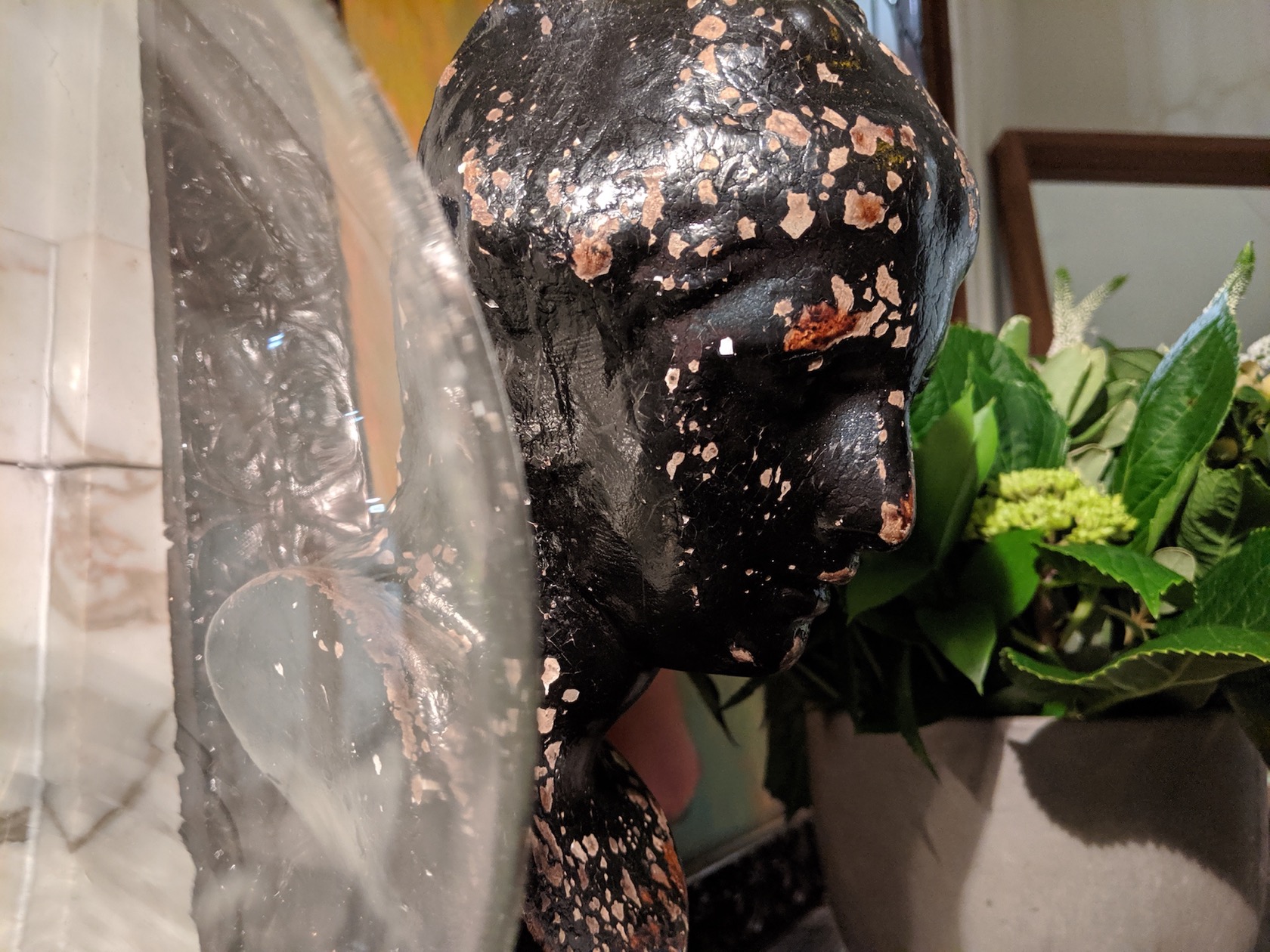Google Pixel 3a Review: A Question Of Compromise
- Best camera in its class
- Very affordable
- Pure Android promises timely updates
- Design doesn't suffer for the budget
- All-day battery, despite the size
- No waterproofing
- Wireless charging is missing
- Processor can't keep up with flagship phones
When it comes to smartphones, it's easy to get caught up on the "more is best" treadmill. More megapixels, more gigabytes and gigahertz, more camera sensors... and more money, of course. Then along comes the Google Pixel 3a and slams the emergency stop button.
Where a Pixel 3 will set you back $799, the Pixel 3a is just $399. Even taking into account widespread promotional pricing, this new Android still significantly undercuts its bigger sibling. Yet while "midrange" can all too often be shorthand for a phone that's under-powered, under-equipped, and generally underwhelming, here Google has achieved something very different.
It kept the Pixel 3 aesthetic – dual-finish matte and gloss rear, softly curved sides with squeeze-for-Assistant support, and a round fingerprint sensor on the back – but opted for cheaper polycarbonate instead of metal. Yes, that means plastic, but it still feels sturdy and not at all cheap. You can have it in black or white, if you're mainstream and pedestrian, or the much more interesting "Purple-ish" with its slight tint of color.
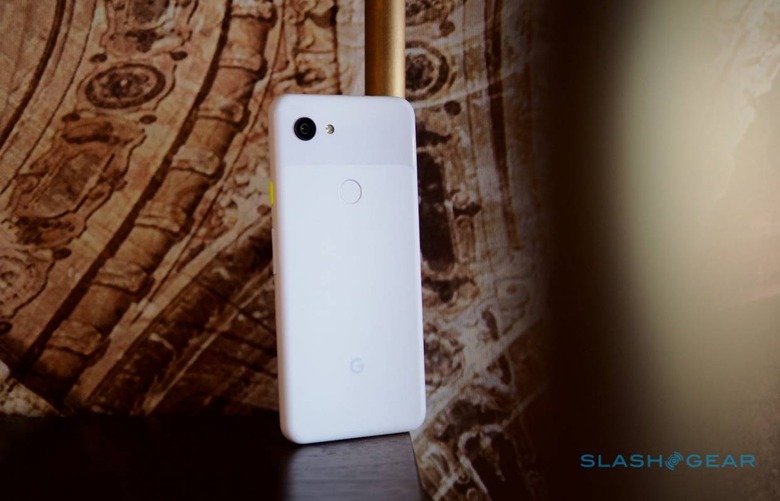
Pick up the Pixel 3a and you'd be forgiven for having flashbacks to an easier time. There's no notch, no cut-out, no hole-punch, and no fancy motorized camera. The bezels top and bottom are a little thicker as a result, but the phone is already so compact that I can't say I was offended by it.
It's 5.6-inches and 2220 x 1080 resolution. If you want bigger, the Pixel 3a XL steps up to 6-inches for $50 more. Google opted for OLED not LCD, and there's Dragontrail glass rather than Gorilla Glass protecting it. You might not be so familiar with the name, but durability testing suggests the Pixel 3a's resilience doesn't suffer.
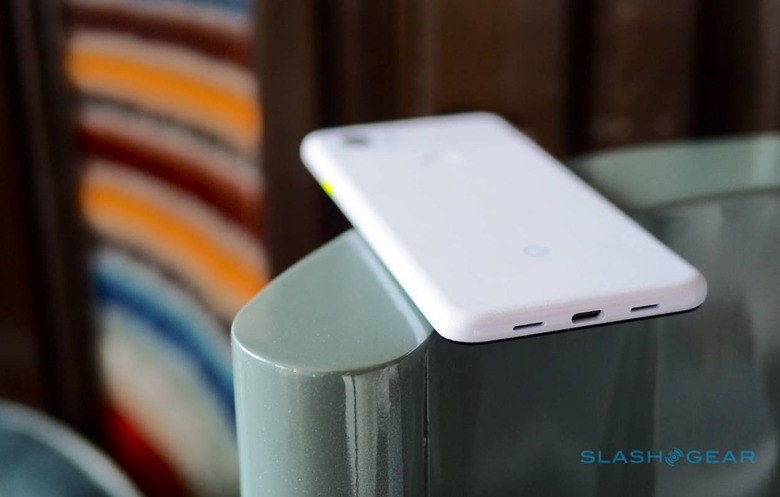
As for the OLED panel itself, blacks are suitably black, and if colors are a little less punchy than you might expect it's probably because the screen generally runs a little on the warm side. Nothing close to being a dealbreaker, mind. After less than a day I was already appreciating how easy it is to use the Pixel 3a one-handed.
It runs Google's vision of "pure" Android on Qualcomm's Snapdragon 670 processor, with 4GB of memory and 64GB of storage. You won't be surprised to hear that there's no microSD slot, but you might be delighted to find a headphone jack as well as USB-C for charging. I don't think this is some grand sign that the smartphone world has reversed course on 3.5mm jacks, more likely recognition that someone buying a Pixel 3a might be more price conscious about USB-C or Bluetooth headphones, but whatever the reason I know it'll please a (vocal) portion of the Android audience.
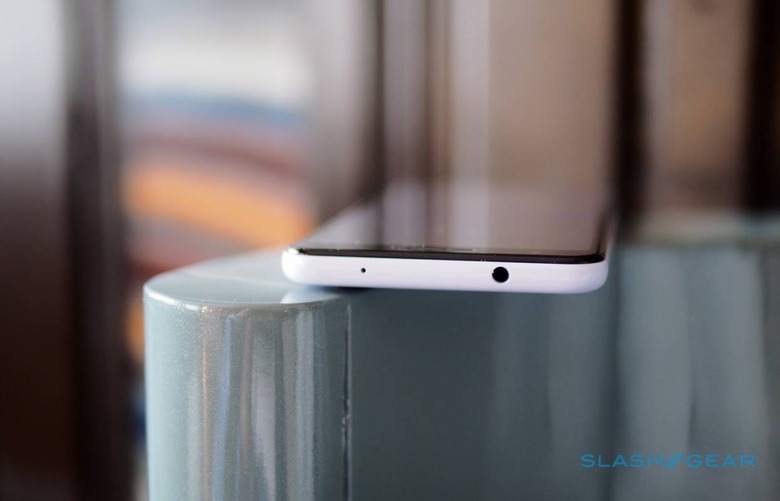
Whether the 670 chipset is a bottleneck or not depends on what device you're switching from. If your baseline is a Pixel 3, for example, you're going to notice that the cheaper phone is a little slower to open apps, a little less snappy in scrolling heavier webpages, and not quite as smooth in some of its animations. Not painfully so, no, but there's certainly a difference.
That experience isn't typical, though. The reality is that I'm an outlier: few people will be replacing a Pixel 3 or a Galaxy S10 or an iPhone XS Max with the Pixel 3a. Far more likely is that they'll be coming from a phone that's two, three years old, maybe even more. Even if it was a flagship when they bought it, it's going to be noticeably slower than today's top-tier handsets.
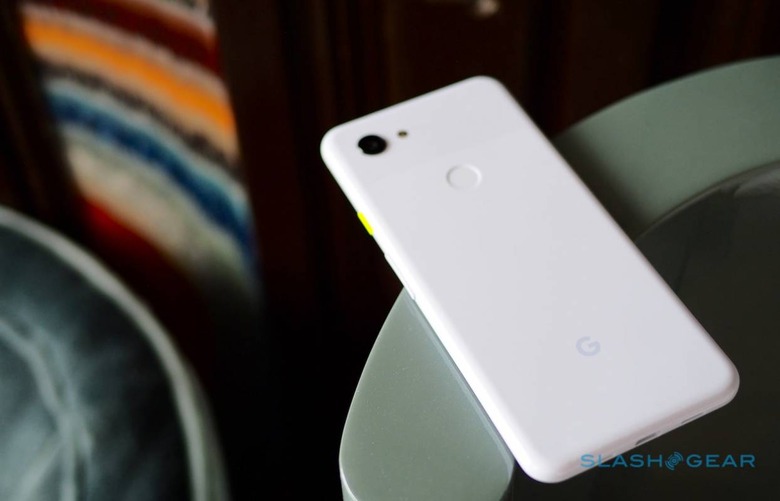
I think they'll find the Pixel 3a not only faster, but fast enough. Comparing it side by side with a handful of similarly-priced phones, the fact is that this midrange Snapdragon doesn't have to deal with the software dross many more-affordable smartphones are laden down with. Maybe you don't notice that so much when heavily customized Android devices are running on bleeding-edge silicon, but you absolutely do when the specifications are more mainstream. The Pixel 3a does a good job of sidestepping that fate.
Clean Android also means you're at the forefront of new OS features. Google commits to at least three years of Android updates for the Pixel 3a, and you'll probably get to play with any new apps and services first, too. In the past, that has meant niceties like testing out new camera talents before the rest of the Android crowd.
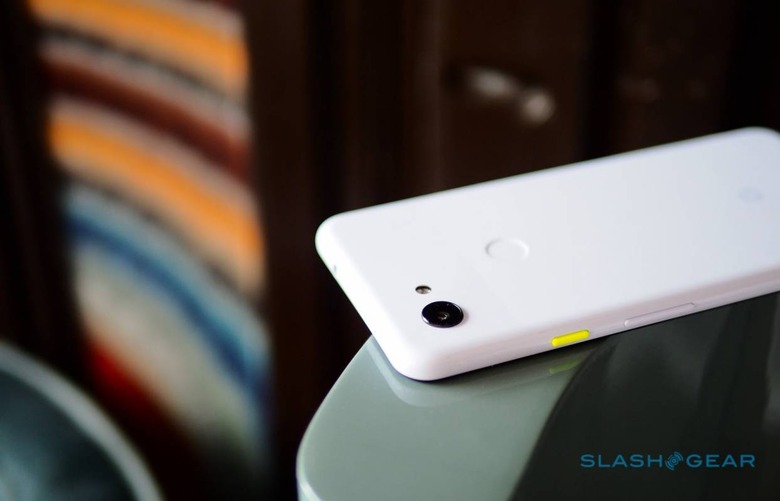
Google's strategy with its Pixel phones, of combining a single sensor with lashings of computational photography to do what rivals use multiple sensors for, clearly pays dividends here. Certainly, there are midrange phones that come with two or more cameras on the back available, at similar prices to the Pixel 3a. Problem is, you typically get two or more mediocre-at-best cameras on them.
By focusing on a single sensor, however, Google has been able to deliver the same 12-megapixel camera as in the more expensive Pixel 3, but without pricing the Pixel 3a out of its segment. Just as with the CPU and GPU, the sacrifice you make comes down to speed. Google left out the Pixel Visual Core, its dedicated image-processing chip.
It means images can take a little longer to save, though it's only really noticeable when you're shooting with one of the phone's more ambitious modes. Night Sight shots, for example, look pretty much indistinguishable from those taken with the Pixel 3. The Pixel 3a just takes a couple of seconds more to crunch them.
The other camera compromise is on the front. You get the same 8-megapixel selfie camera as in the Pixel 3, but the Pixel 3a does away with the second, wide angle camera. Personally, the 84-degree lens you get isn't a problem for me, but you might feel differently.
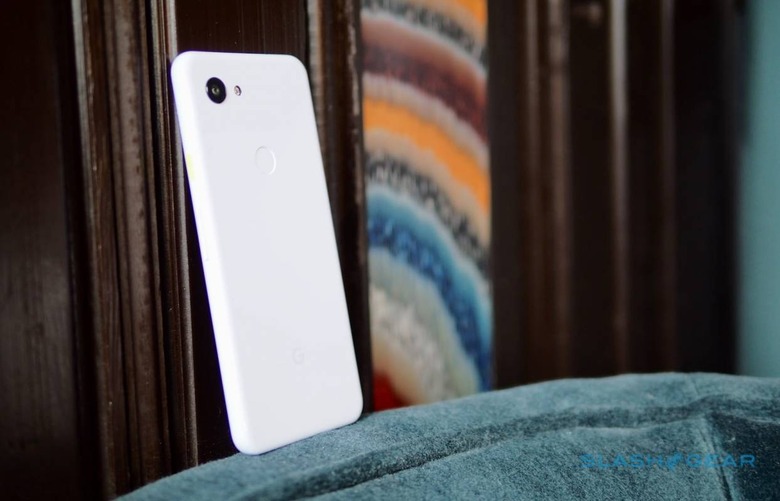
Overall, though, what Google has done here is commendable. A $399 phone with a camera that has optical image stabilization, 4K video recording, and can go toe-to-toe with devices double its price is more than impressive. Given the number one reason people say they pick a smartphone is the camera, Google is clearly putting its money where it believes it most counts.
That selective investment does mean other areas suffer, of course. The $399 price tag means you're not getting a waterproof body, which is a pity. Neither do you get wireless charging, though I was surprised to find that the Pixel 3a's 3,000 mAh battery was up to lasting a full day on a charge.
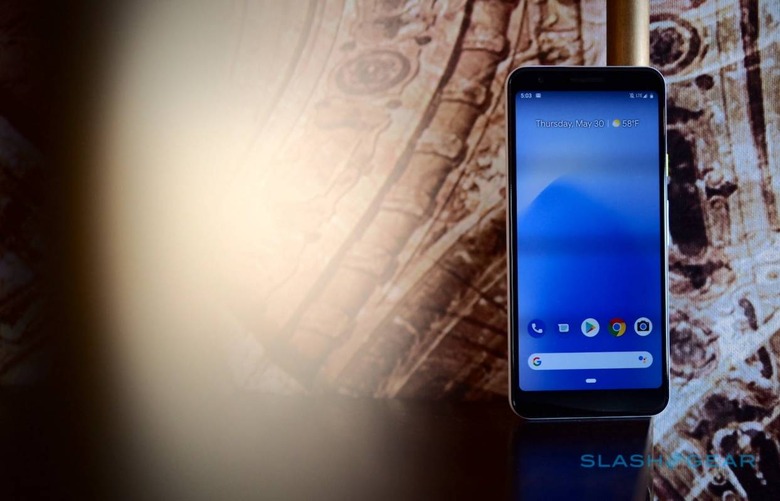
Flagship phones aren't going away. Yet at a time when even early-adopters are having second thoughts about $1k+ handsets, it feels like we've finally turned a corner in the midrange.
Having to compromise in order to spend half what you might on a modern-day flagship phone doesn't surprise me. What does is just how impressive the Pixel 3a still feels, even after Google's cost-cutting. Assuming you agree with its decisions, there's a deeply compelling argument here about what's "good enough" for most users.





